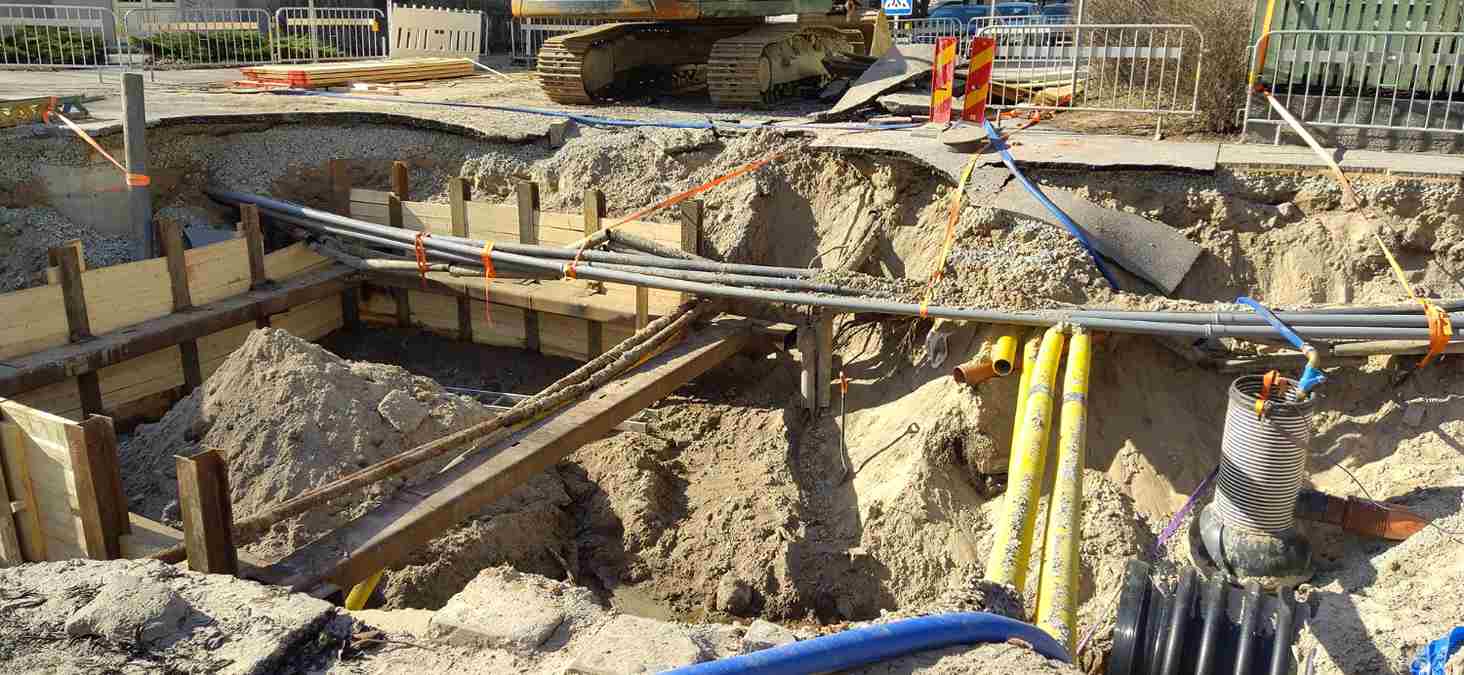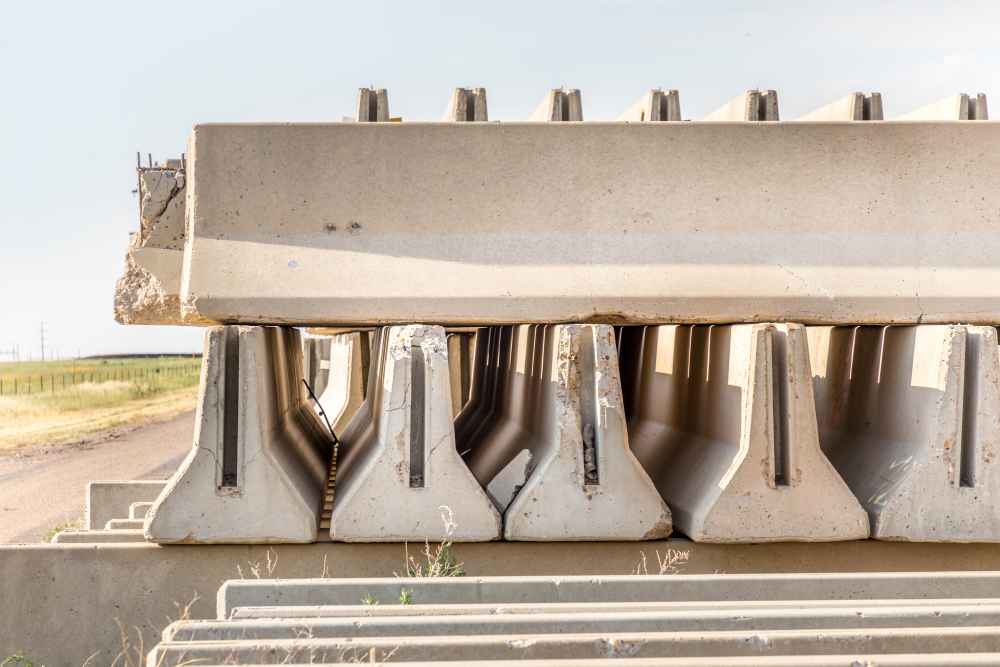What is Underpinning?
A building technique called underpinning fortifies and stabilises a structure’s foundation. There are instances where a footing or foundation failure occurs unintentionally after the entire construction (substructure and superstructure) is completed.
A corrective measure must be taken in such an emergency scenario to restore structural stability—the underpinning process aids in fortifying the base of any facility, including existing buildings.
There are various methods of underpinning. So, what are the types of underpinning you’re going to choose? Our blog guides you on the best underpinning solution for your building structure.
Understanding the Purpose of Underpinning
Consider building a card house. If the foundation is unstable, the whole thing crumbles. Similarly, there are several reasons why buildings may experience foundation problems, including soil subsidence, shoddy original construction, increased loads, and environmental changes. That is where underpinning provides the solution. It is generally carried out for:
- Conversion Works where the function of the property is converted and it requires a sturdier foundation.
- Protection Works to provide stability to the structure against unstable soil conditions, increased loads or extension.
- Remedial Works to rectify any deficiencies in existing foundation design.

Types of Underpinning
- Mass Concrete Underpinning: It is a traditional underpinning method still in use. Below the foundations, each section must be excavated one at a time, and before working on the next, it must be backfilled with concrete.
- Mini-Piled Underpinning: The most common kind of underpinning utilised today is probably mini-piled underpinning, which involves driving or drilling piles beneath the existing foundations.
- Beam and Base Underpinning: The excavation process is necessary for both the beam and base type of traditional underpinning. However, the entire region is not concreted; mass concrete bases are placed strategically.
- Piled Raft Underpinning: This process is used when the entire building requires a considerable substructure. Piles are driven or drilled after removing the internal floors to make a grid.
Different Methods of Underpinning
Pile methods
As the name implies, the pile method of underpinning involves installing piles along both sides of the wall to be strengthened using a correct driving technique. Borehole piles on under-reamed piles are the typical piling technique employed.
Pit method
Using this procedure, the foundation to be underpinned is split into portions ranging from 1.2 to 1.5 metres. We work through one area at a time.
Underpinning to walls
When underpinning, it prevents wall deterioration, settling, and breaking. The wall should be separated into legs for the bays, and each bay should be handled separately.
Jack pile underpinning
When conventional underpinning is not financially possible due to the subsoil’s sufficient bearing capacity, jack pile underpinning is employed. The optimal conditions for underpinning pile installation include clay, wet soils, and unstable bearing strata.
Needle and pile underpinning
A combination of modest piling and steel reinforcement called pile and needle beam underpinning is used when a building’s side has experienced subsidence. This method involves placing little piles on either side of the damaged wall and connecting them to a steel structure that supports the wall’s weight.
Pynford Stool technique for underpinning
Stools are positioned over the opening and fastened to the brickwork’s soffit using nails. After removing the masonry between the pined tools, the wall is left supported by the pined stools. Bolstering is made and placed around nailed stools.
Angle Piling or Root pile Underpinning columns
The root pile underpinning method uses modern concrete drilling equipment to construct cost-effective and time-efficient concrete. It is an easy substitute for conventional underpinning methods for many reasons.

Conclusion
In conclusion, underpinning proves indispensable for stabilising and reinforcing building foundations with challenges like subsidence, poor construction, increased loads, or environmental shifts.
With diverse methods such as pile, pit, jack pile, needle and pile, Pynford Stool, and Angle Piling, each catering to specific structural issues, the choice hinges on factors like soil conditions, building structure, and financial considerations. Expert guidance from sources like UK Underpinning Solutions is paramount in selecting the most fitting approach.
Whether opting for traditional Mass Concrete Underpinning or modern solutions like Mini-Piled, Beam and Base, or Piled Raft Underpinning, these techniques collectively contribute to the enduring stability and longevity of buildings, addressing foundation concerns and preserving structural integrity over the long term.
If you want to underpin construction, contact us now for a quote in an affordable range.

